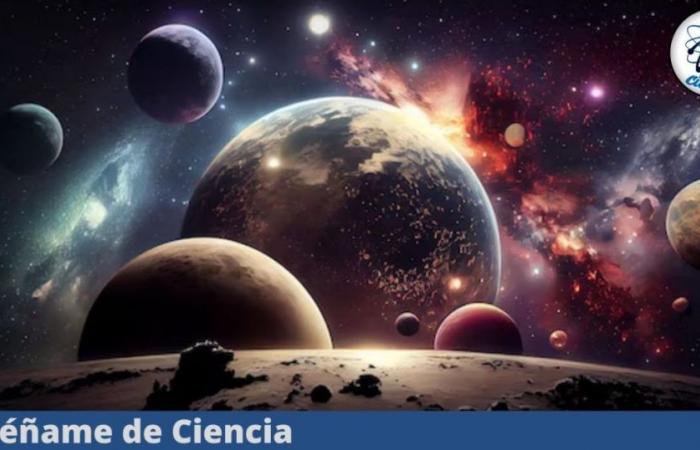
Since ancient times, humanity has always been curious to know what lies beyond the solar system, in addition to the search for extraterrestrial life to prove that we are not alone in the infinite universe, which has led to the construction of ingenious technologies that have allowed us to observe the cosmos and find enigmatic worlds.
However, despite the great advances and the messages that have been sent to outer space, conclusive evidence has not yet been obtained that there is extraterrestrial life inhabiting other planets and despite the panorama, scientists and space entities have not yet given up on this endless task.
In order to continue the search for life in the universe, the National Aeronautics and Space Administration (NASA) has created the ‘Habitable Worlds Observatory’ (HWO) mission.
HWO has the primary goal of designing a spacecraft specifically to identify potentially habitable planets around other stars in the universe, closely examining their atmospheres to determine if life could exist.
This extraordinary spacecraft will have the ability to obtain information from potentially habitable worlds, similar to Earth, in addition to greater sensitivity and resolution that will allow the chemistry of the planets’ atmospheres to be analyzed to determine the possible existence of extraterrestrial life.
Likewise, NASA explains that its unmatched capabilities will provide greater knowledge about the evolution of cosmic structures, including how galaxies form and develop over time.
«The Habitable Worlds Observatory will be a historically ambitious mission, so we are taking a deliberate and strategic approach to its development and laying the foundation», mentioned Mark Clampin, director of NASA’s Astrophysics Division, in a press conference.
This extraordinary mission is funded by the National Academies’ Decadal Survey in Astronomy and Astrophysics in the 2020s, which plans the development of a large space telescope with infrared, optical, and ultraviolet technology for the HWO.
As if that were not enough, to successfully achieve this mission, NASA has selected three proposals from private industry that will help develop innovative technologies for the construction of large space telescopes, with a value of 17.5 million dollars.
«We will need to bring together diverse expertise from government, academia and industry, while leveraging technologies and lessons learned from our previous large space telescopes» exclaimed Clampin.
Among the selected contracts are:
– BAE Systems, ULTRA-CT: which will model and demonstrate subsystems for an ultra-stable telescope optical equipment.
– Lockheed Martin, TechMAST: which will carry out the mission design and optimize the software navigation.
Northrop Grumman, STABLE: which will develop technologies to support telescope operations, including deployable optical deflectors and support structures.
For the moment, NASA will focus on the ‘Nancy Grace Roman Space Telescope’, scheduled to launch in 2027, with which it will be possible to make transformational astrophysical discoveries, such as dark energy, the effects of general relativity and the curve of the space-time of the solar system and the distant universe.
Share science, share knowledge.





